
Bold Sans-Serifs
Big, thick lettering can draw attention and tell a story. And that’s just what designers are doing with the use of more bold, thick sans-serifs in projects. Thicker letterforms are a good choice for reverse typography or in situations where there is a lot going on to compete with the words. The challenge is that bold typography can be a little overwhelming when there’s a lot of it to read. So, you have to balance viewability with readability. When picking a bold sans-serif, look for something that’s a mid-range weight and not overly thick. Look for letters with a more round shape; not too tall or condensed either, to encourage reading. While many the examples below are focused on bold sans-serifs only, the best advice is to pair them with a less heavy option as well. (Maybe mix and match the bold and regular weights of a typeface.) Some users will equate bold type in the same manner as all caps, assuming that it is screaming at them. You can avoid this by using bold sans-serifs with purpose for just a few key words or phrases and balance other screen elements so that it’s not a weighty aesthetic. While this can be a somewhat tricky trend to use, you can see from the examples below that it can work rather nicely. There’s nothing wrong with going bold when it contributes to the overall meaning and content in the rest of the design.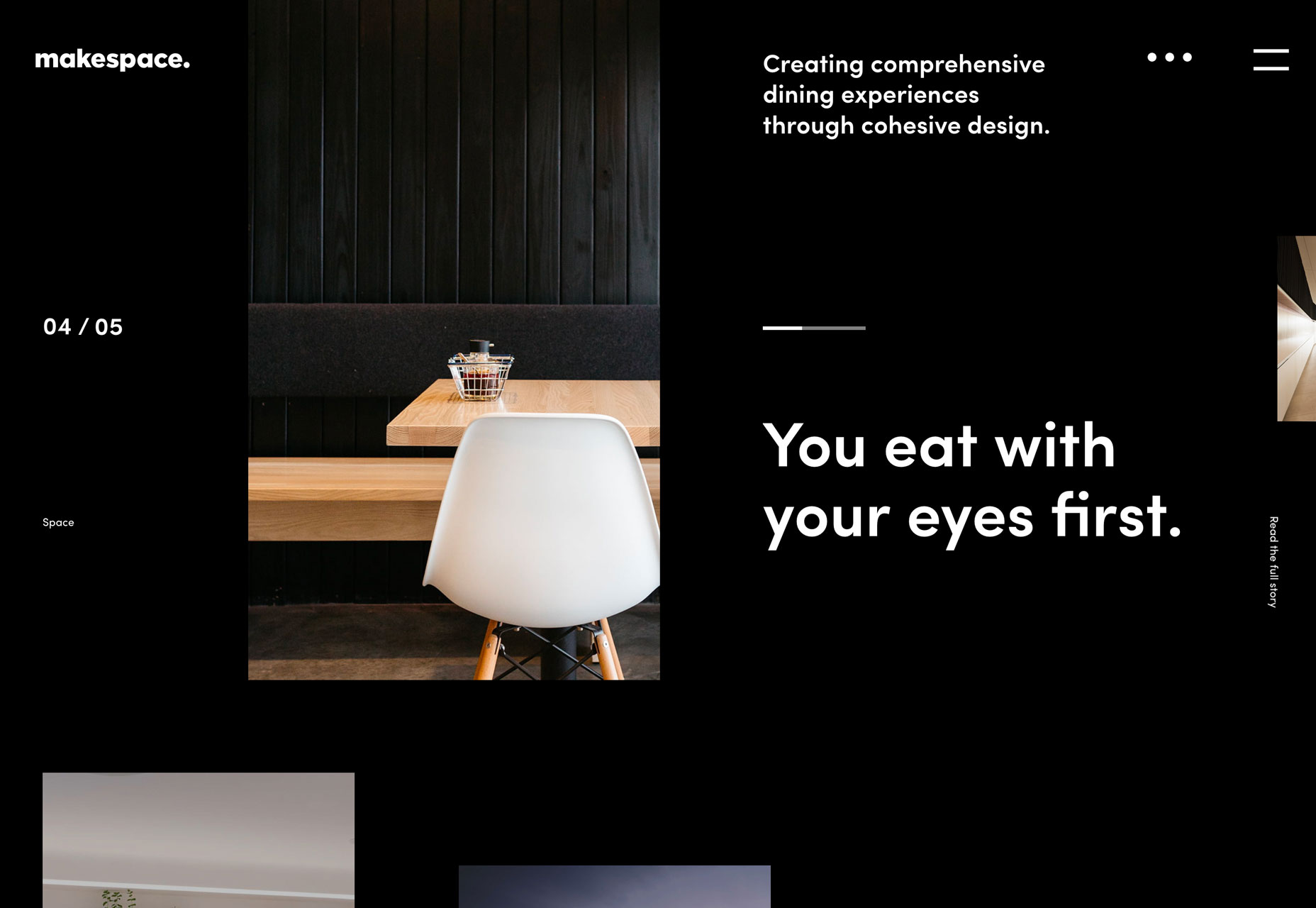
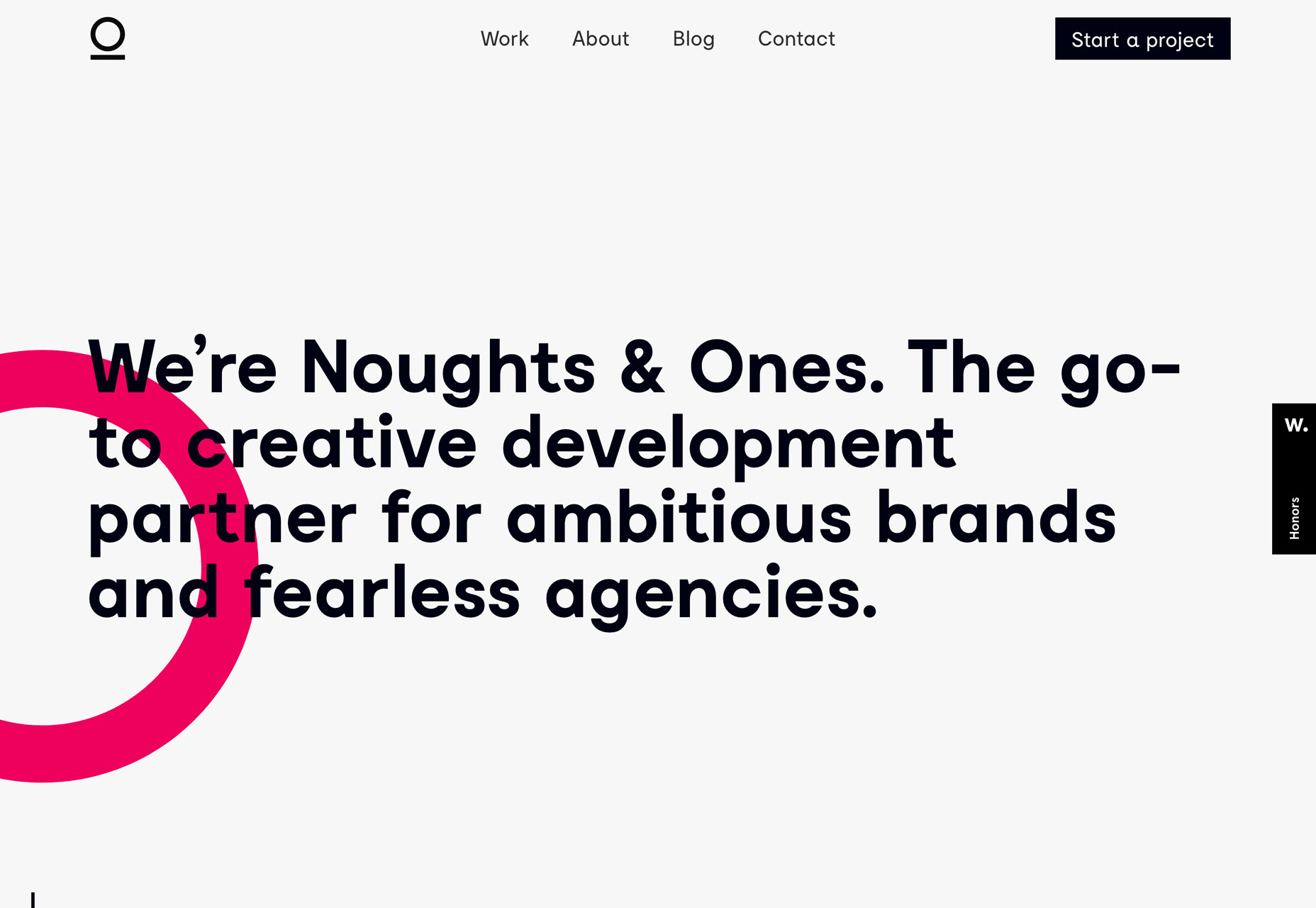

Red Text and Accents
It’s like I blinked and red text and accents were suddenly everywhere. This is an accent color choice that was wildly popular at one time and quickly faded out of fashion about the time flat and material colors emerged. (Brighter reds clashed with all the other bright color options.) But red is back. This color choice is interesting because it is so attention-grabbing. It can also create quite an emotional bond with users. Just be aware that people can really like red or really hate it; there’s not a lot of middle ground when it comes to a color that’s connected to passion, love, anger and fear. In each of the examples below, red is the thing that draws you into the design. With the interactive Adidas website for Footlocker, red elements tell you where to click and engage with the game. The colors seem to “lift” right off of the movie-style video playing in the background. Branu uses red lettering to draw you in. On a stark white background with a simple video element, it’s just sharp enough to make you stop and look.
Branu uses red lettering to draw you in. On a stark white background with a simple video element, it’s just sharp enough to make you stop and look.
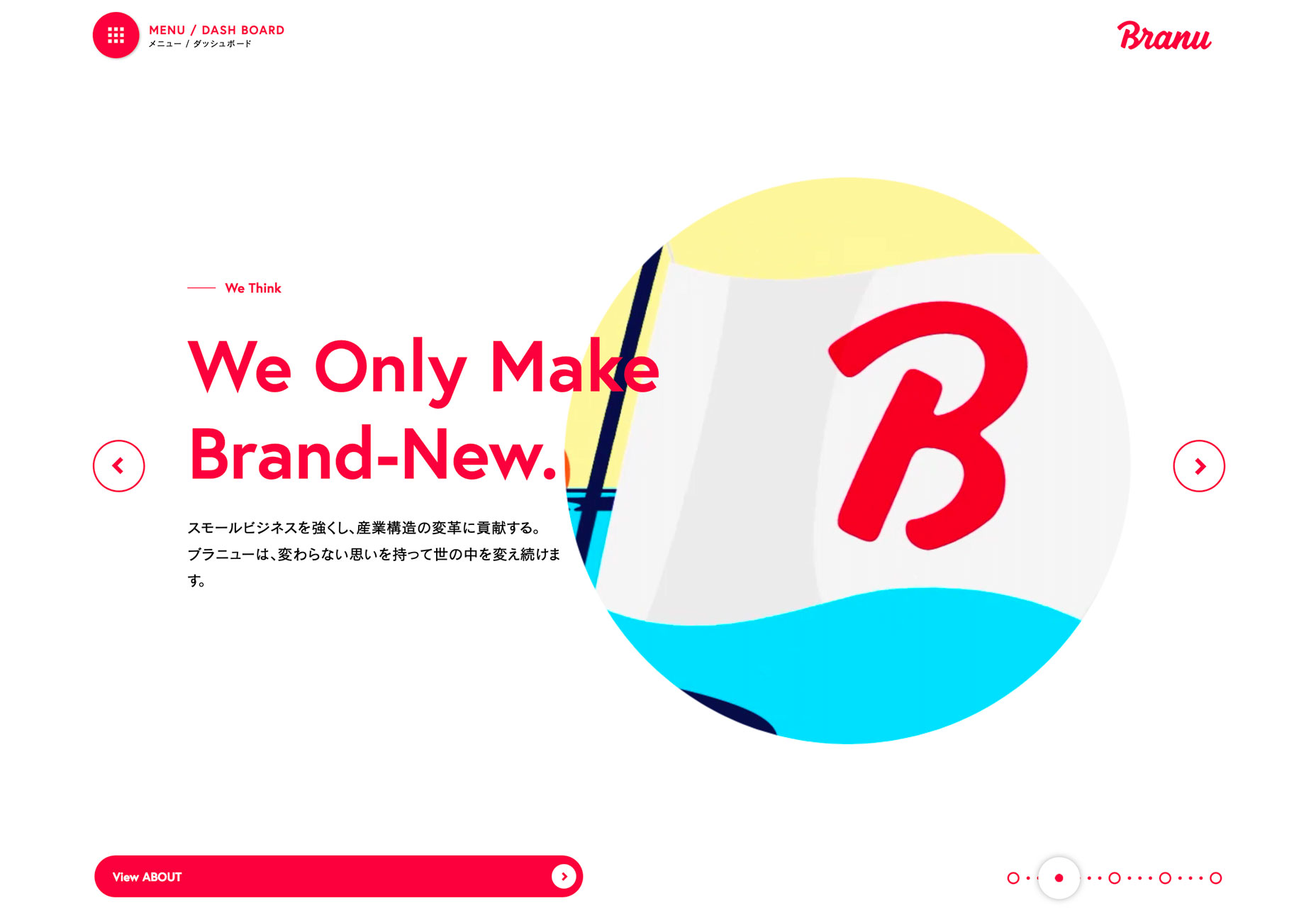 Finally, the conference website uses red to give you the information you need over a loop of b-roll in the background. The color helps you find the event dates quickly and pinpoints a key element in the main navigation.
Finally, the conference website uses red to give you the information you need over a loop of b-roll in the background. The color helps you find the event dates quickly and pinpoints a key element in the main navigation.
 While all three shades of red are a bit different, they aren’t that far apart on the color spectrum. Use of red is bright and saturated. It’s the hue you think of first and that toddlers first learn to color with. (There’s no softening this color trend right now.)
While all three shades of red are a bit different, they aren’t that far apart on the color spectrum. Use of red is bright and saturated. It’s the hue you think of first and that toddlers first learn to color with. (There’s no softening this color trend right now.)
More Split Screens
At a glance split screens aren’t new. We’ve been talking about – and loving on – this website design trend for a while now. And this is one concept that seems to keep getting better with time. The latest iterations of split screen designs are more aesthetic than stacked for responsive functionality (although that’s a distinct bonus). Split screens aren’t stuck in perfectly symmetrical patterns either. None of the examples below features a perfect split – unless it is part of another element. Both ATB and Yusuf Ozturk’s sites feature animations within the split screen so that the screen elements actually shift to highlight content or interactivity. ATB use hover action to move the screen left and right as users choose which path to take with the design. It’s a clever way to connect the human or machine learning experience.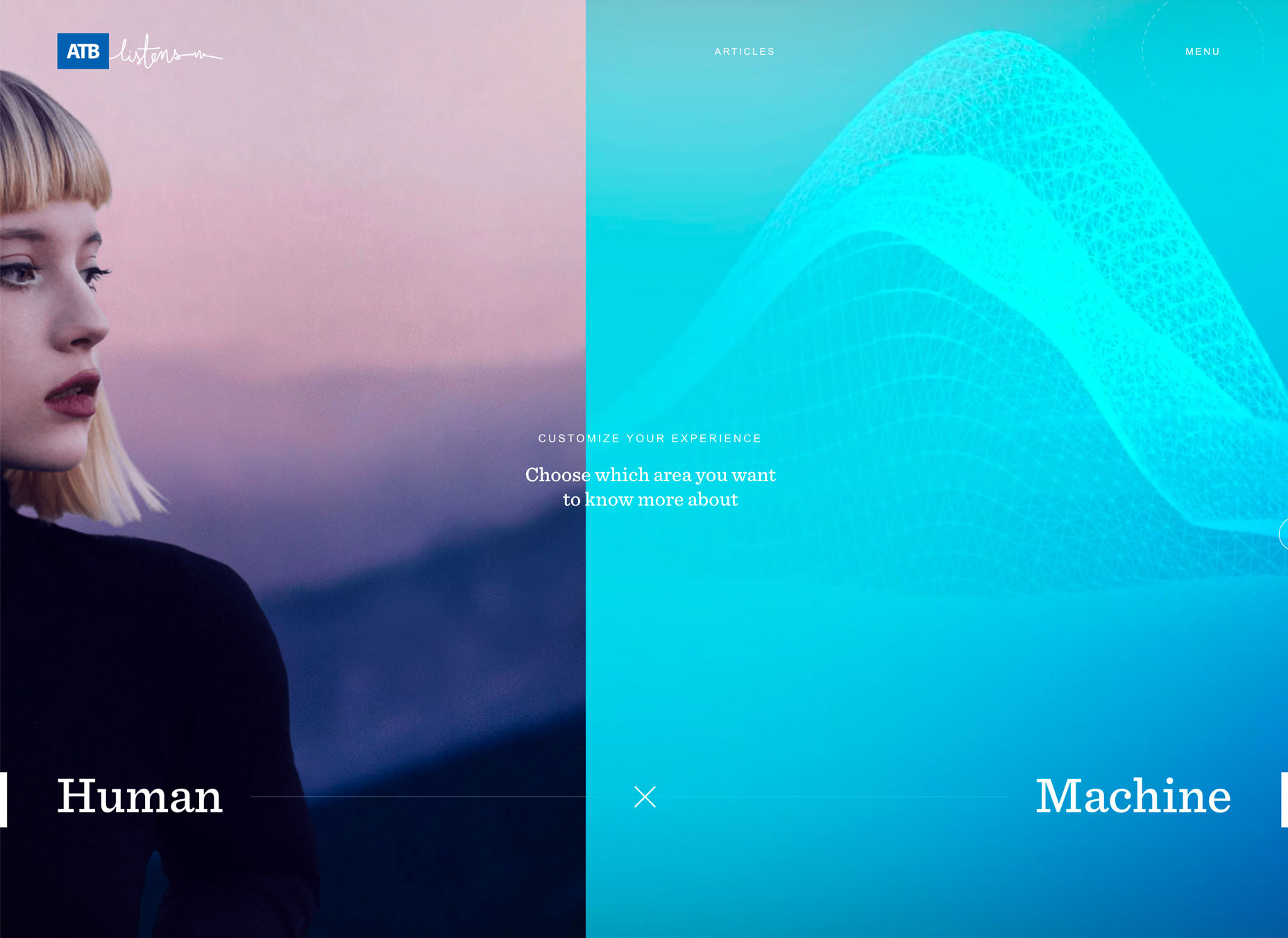 Ozturk’s site opens with a center split screen with a brain in the middle; hover actions revel design on one side of the brain and development on the other to showcase what’s you’ll find in the portfolio site. The animation is clean and sharp, and you can actually get caught playing with it for a while.
Ozturk’s site opens with a center split screen with a brain in the middle; hover actions revel design on one side of the brain and development on the other to showcase what’s you’ll find in the portfolio site. The animation is clean and sharp, and you can actually get caught playing with it for a while.
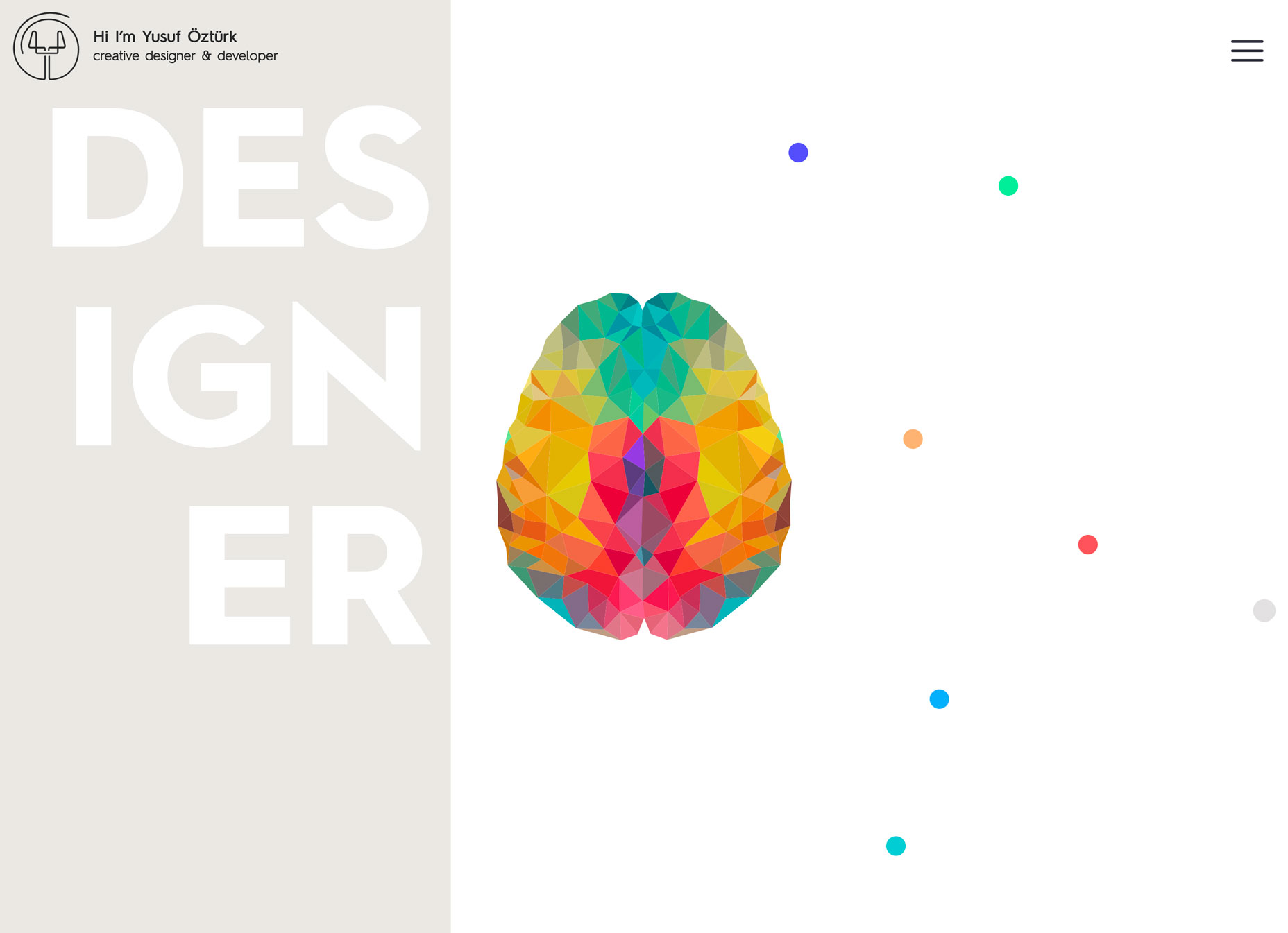 VM Consulting has a more traditionally designed split screen but uses the right side as a giant navigation menu. The heavy blue side paired with the lighter navigation is brilliantly balanced and easy to understand. (The color palette helps make this design shine as well.)
VM Consulting has a more traditionally designed split screen but uses the right side as a giant navigation menu. The heavy blue side paired with the lighter navigation is brilliantly balanced and easy to understand. (The color palette helps make this design shine as well.)
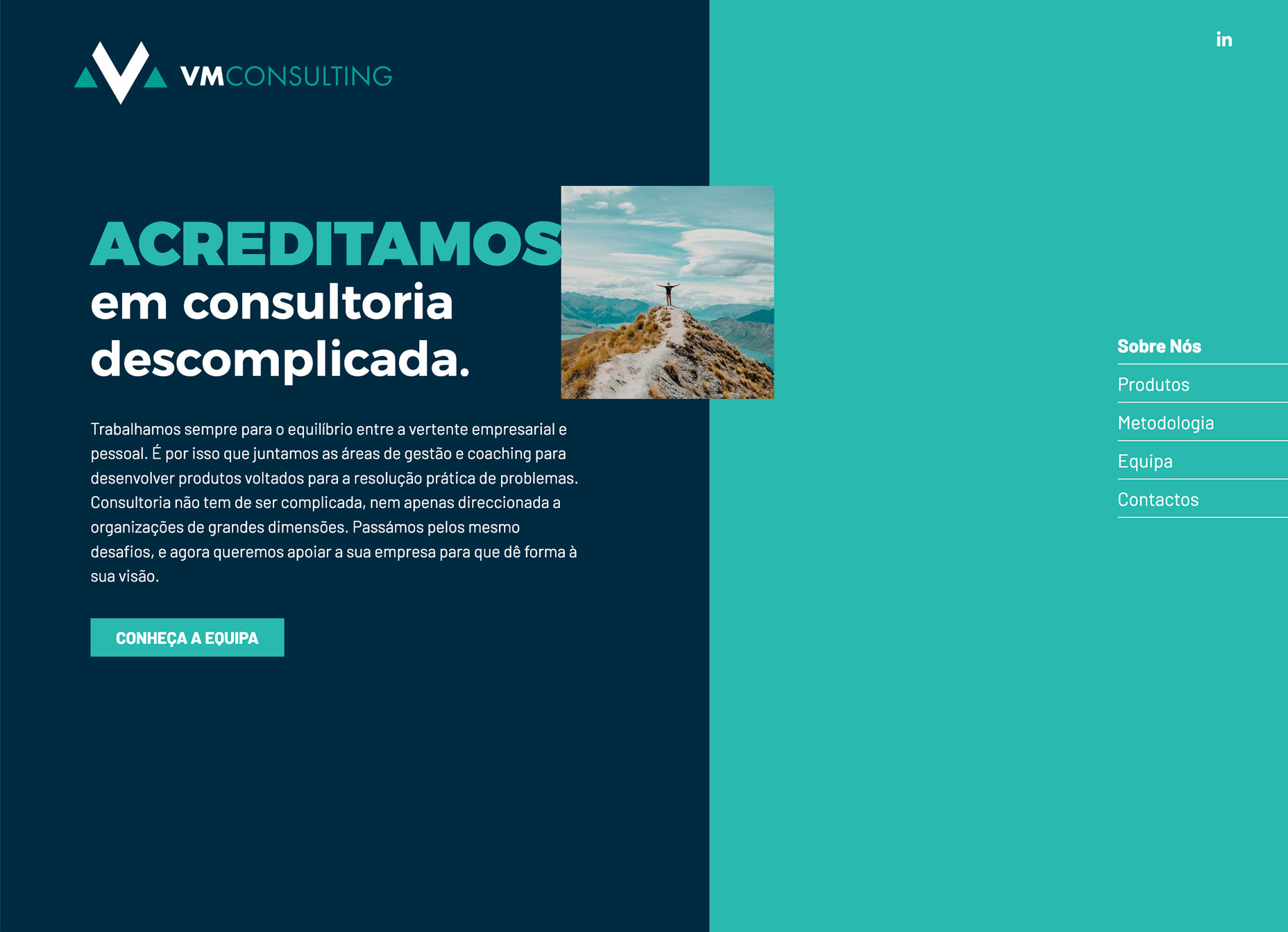
Conclusion
Are these design trends just right or too bold for your projects? While I love everything about split screen designs, I’m not 100 percent convinced when it comes to thick serifs and red accents. (These just seem to need more sparing use to me.) What do you think? Let’s start a conversation. What trends are you loving (or hating) right now? I’d love to see some of the websites that you are fascinated with. Drop me a link on Twitter; I’d love to hear from you.Carrie Cousins
Carrie Cousins is a freelance writer with more than 10 years of experience in the communications industry, including writing for print and online publications, and design and editing. You can connect with Carrie on Twitter @carriecousins.
Read Next
20 Best New Websites, April 2024
Welcome to our sites of the month for April. With some websites, the details make all the difference, while in others,…
Exciting New Tools for Designers, April 2024
Welcome to our April tools collection. There are no practical jokes here, just practical gadgets, services, and apps to…
14 Top UX Tools for Designers in 2024
User Experience (UX) is one of the most important fields of design, so it should come as no surprise that there are a…
By Simon Sterne
What Negative Effects Does a Bad Website Design Have On My Business?
Consumer expectations for a responsive, immersive, and visually appealing website experience have never been higher. In…
10+ Best Resources & Tools for Web Designers (2024 update)
Is searching for the best web design tools to suit your needs akin to having a recurring bad dream? Does each…
By WDD Staff
3 Essential Design Trends, April 2024
Ready to jump into some amazing new design ideas for Spring? Our roundup has everything from UX to color trends…
How to Plan Your First Successful Website
Planning a new website can be exciting and — if you’re anything like me — a little daunting. Whether you’re an…
By Simon Sterne
15 Best New Fonts, March 2024
Welcome to March’s edition of our roundup of the best new fonts for designers. This month’s compilation includes…
By Ben Moss
LimeWire Developer APIs Herald a New Era of AI Integration
Generative AI is a fascinating technology. Far from the design killer some people feared, it is an empowering and…
By WDD Staff
20 Best New Websites, March 2024
Welcome to our pick of sites for March. This month’s collection tends towards the simple and clean, which goes to show…
Exciting New Tools for Designers, March 2024
The fast-paced world of design never stops turning, and staying ahead of the curve is essential for creatives. As…
Web Tech Trends to Watch in 2024 and Beyond
It hardly seems possible given the radical transformations we’ve seen over the last few decades, but the web design…
By Louise North















